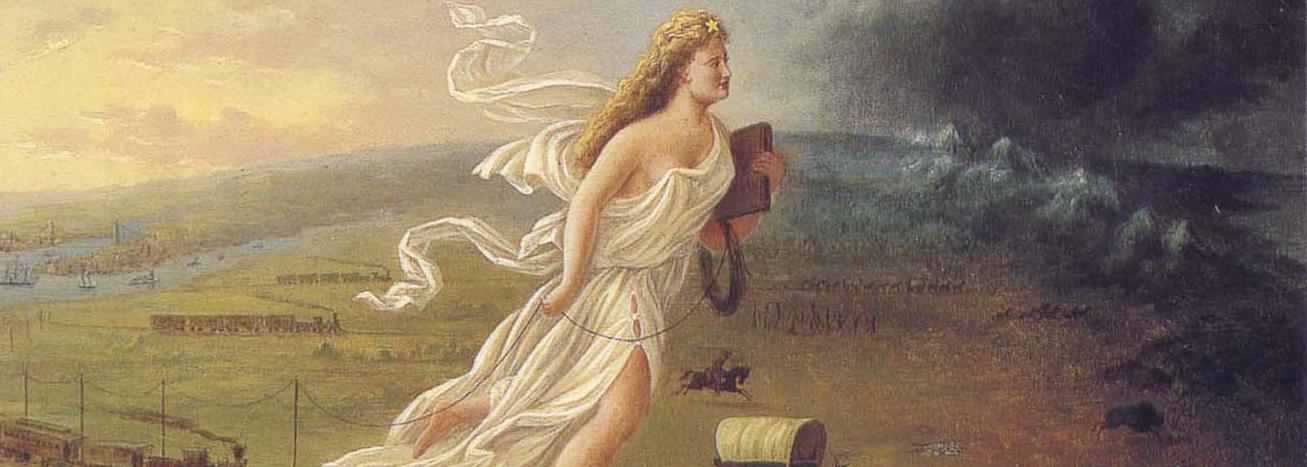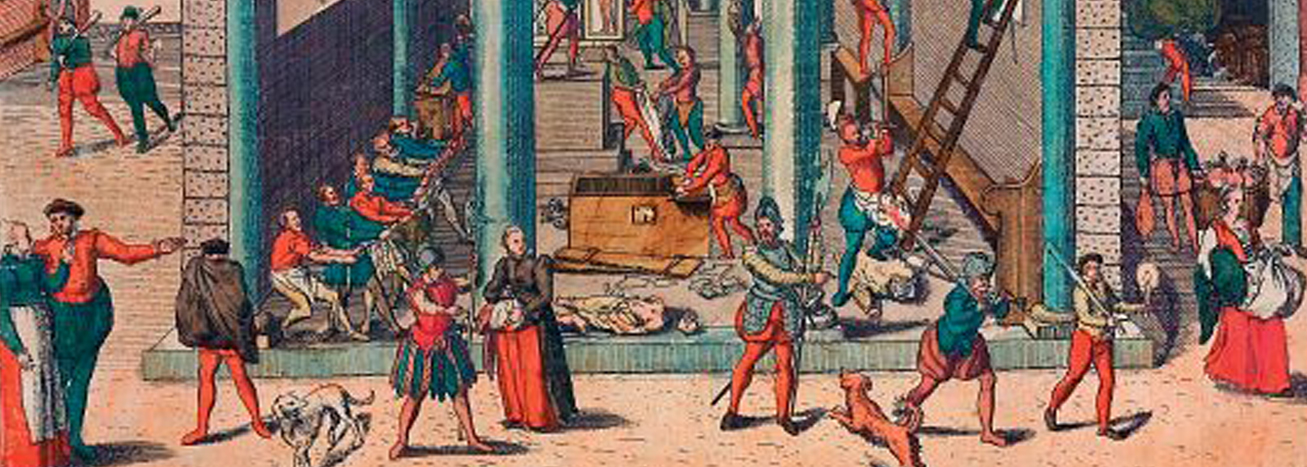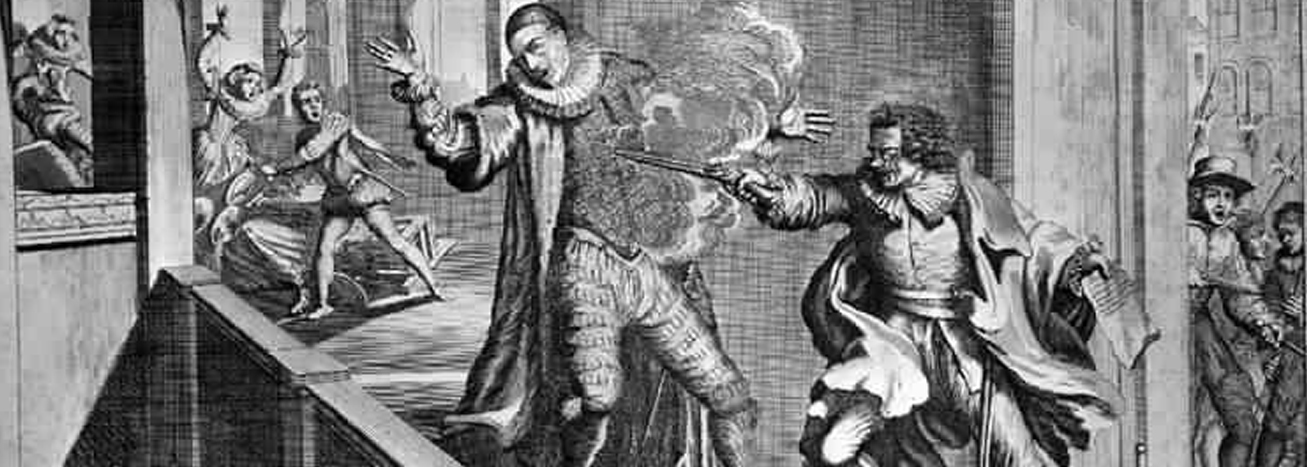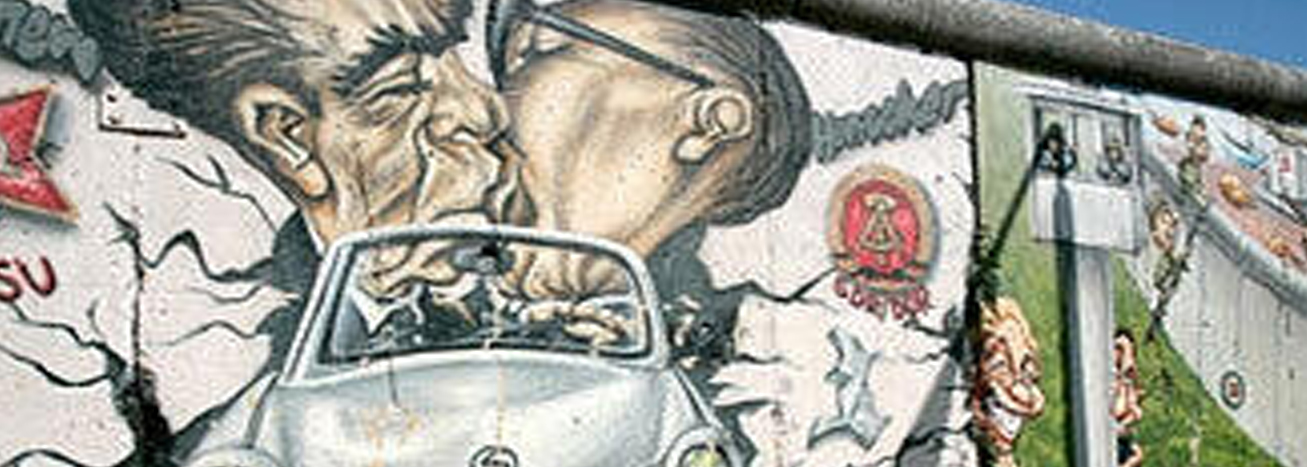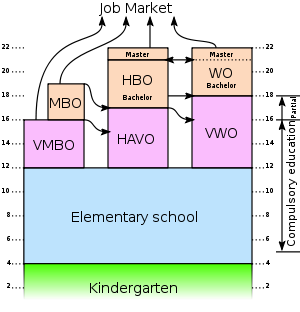-
Histoforum Magazine. Digitaal tijdschrift voor geschiedenis didactiek.
-
Histoforum Magazine. Digitaal tijdschrift voor geschiedenis didactiek.
-
Histoforum Magazine. Digitaal tijdschrift voor geschiedenis didactiek.
-
Histoforum Magazine. Digitaal tijdschrift voor geschiedenis didactiek.
- 1
- 2
- 3
- 4
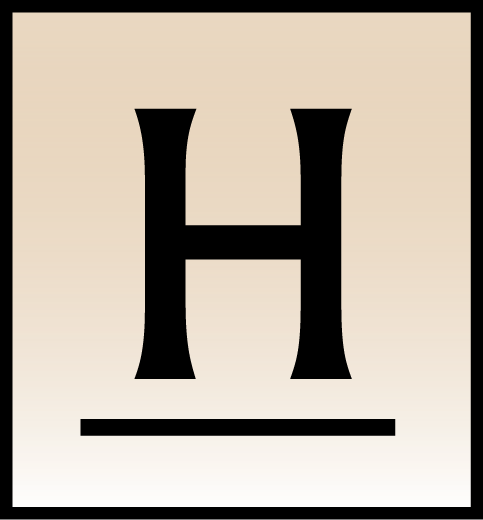
History teaching in the Netherlands
Curriculum Information about the history curriculum, the number of
history lessons and the teaching of history in the Netherlands. Education systemHistory curriculum and teaching
Information about the Dutch education system.
Content
Education system and curriculum
engineering and technology care and welfare business agriculture Each subject combination comprises:
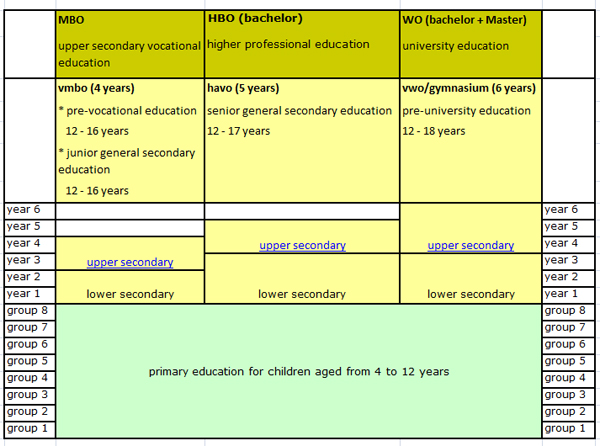
1. Upper secondary education vmbo
The Secondary Education Act (WVO) specifies the subjects to be
studied by VMBO pupils during the four-year course. At the end of
the second year at the earliest pupils opt for a particular sector
and learning pathway. Each sector and each learning pathway has its
own curriculum. VMBO was introduced in the 1999/2000 school year.
Sectors
Learning pathway
Engineering and technology
mathematics and physics and chemistry I
Care and welfare
biology and either mathematics or social studies II
Business
economics and one of mathematics, French or German
Agriculture
mathematics and either biology or physics & chemistry I
The exam syllabus for each subject is approved by the Minister.
2. Upper secondary education havo/vwo (including
gymnasium)
Subject combinations
From 1 August 1998 the number of periods taught in the second
stage of HAVO and VWO have been based on study load. This system
replaced the old system of tables showing the recommended number of
periods, which was not designed to cope with the introduction of
four subject combinations. The total number of hours’ teaching for
HAVO and VWO in upper secondary courses have to be based on the
study load for the upper years (years 4 and 5 for HAVO and years 4,
5 and 6 for VWO). The study load system is based on the time
required by the average pupil to master a particular quantity of
material. The total study load is calculated as 1,600 hours per year
(40 weeks of 40 hours), at least 1,040 hours of which should consist
of teaching during school time.
Subject combinations
Each subject combination comprises:
- a common component;
- a sector-specific component with some choices
The subject combinations are:
- Science and Technology
- Science and Health
- Economics and Society
- Culture and Society
The exam syllabus for each subject is approved by the Minister of Education.
See havo and vwo for a detailed programm
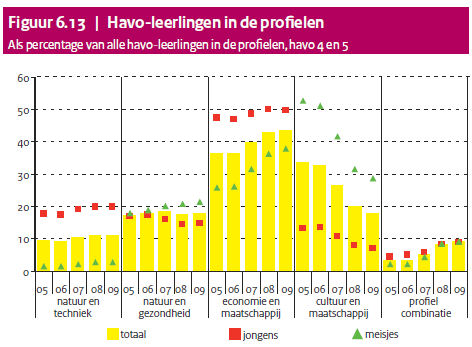

- Natuur en Techniek = Science and Technology
- Natuur en gezondheid = Science and Health
- Economie en maatschappij = Economics and Society
- Cultuur en Maatschappij Culture and Society
- Profielcombinatie = Combination of two subject combinations
HAVO curriculum
The standard study load for the 4th and 5th years of HAVO
combined amounts to 3200. These hours are based on the time
required by the average pupil. Unlike the recommended timetable for
basic secondary education where each “hour” equates with a teaching
period of 50 minutes, these hours are “real” hours, i.e. 60 minutes.
The study load per subject is shown in this
excel sheet.
VWO curriculum (including gymnasium)
The standard study load for the 4th, 5th and 6th years of VWO combined amounts to 4800. These hours are based on the time required by the average pupil. Unlike the recommended timetable for basic secondary education where each“hour” equates with a teaching period of 50 minutes, these hours are “real” hours, i.e. 60 minutes. The study load per subject is shown in this excel sheet.
See also this document

